It is coming close to almost 2 years since the first volume (DOMU) of Katsuhiro Otomo’s Complete Works have been published, with about 9 titles released so far; but this particular one is special – that’s because it is Volume Number One.
The numbering on each Complete Works book denotes the chronological order of when the original was first published, and this volume collects 11 short stories drawn by Otomo when he was only around the age of 17-19, during the years 1971-1974. Among the short manga pieces are some that were drawn when Otomo was still a student, and “A Gun Report (銃声)” is Otomo’s first professionally published manga work.
As a big fan of Otomo’s work, I can almost always tell if a particular piece of drawing was done by him, but some of his early work in this book is so different that I’ll have to eat my own words. That said, if you read the book from cover to cover, it is clear that Otomo makes leaps and bounds in the quality of his art in just a few short years, and by the end of the book his style of work has already started to take the shape of what we see in titles like Boogie Woogie Waltz and Highway Star, though still not as sophisticated as those in Domu.


























Because many of these manga stories were published so long ago ( more than 4 decades ago in 1971-4 ), and coupled with the fact that many of them were never released in English or any other language other than Japanese, it is easy to understand why they are relatively unknown and of less interest to younger manga readers today, who know Otomo’s work mostly through AKIRA. It is therefore a great service that Kodansha is providing by releasing his earlier works as such so that they might find a new generation of readers.
The quality of the art is certainly not as good as what we’ve come to expect of Otomo now, but every artist had to start somewhere, and this collection of his earliest works give us a good glimpse into his debut as a manga artist.
“A Gun Report ( Otomo Complete Works ) Manga 銃声 大友克洋全集” details :
Dimensions – 6.93 x 0.94 x 9.84 inches
Softcover with dust jacket, 320 pages
B&W/some colored pages, In Japanese language


Buy From Amazon.com | Amazon CA | Amazon UK | Amazon FR | Amazon IT | Amazon DE | Amazon ES
You might also be interested in these items :
30







 G….. ( Otomo The Complete Works ) Manga Review
G….. ( Otomo The Complete Works ) Manga Review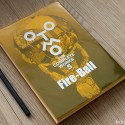 Fireball ( Otomo Complete Works ) Manga Review
Fireball ( Otomo Complete Works ) Manga Review AKIRA 1 ( Otomo Complete Works ) Manga Review
AKIRA 1 ( Otomo Complete Works ) Manga Review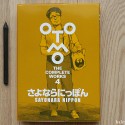 Goodbye Japan ( Otomo The Complete Works Edition ) Manga Review
Goodbye Japan ( Otomo The Complete Works Edition ) Manga Review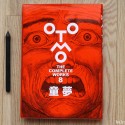 Domu ( Otomo The Complete Works Edition ) Manga Review
Domu ( Otomo The Complete Works Edition ) Manga Review


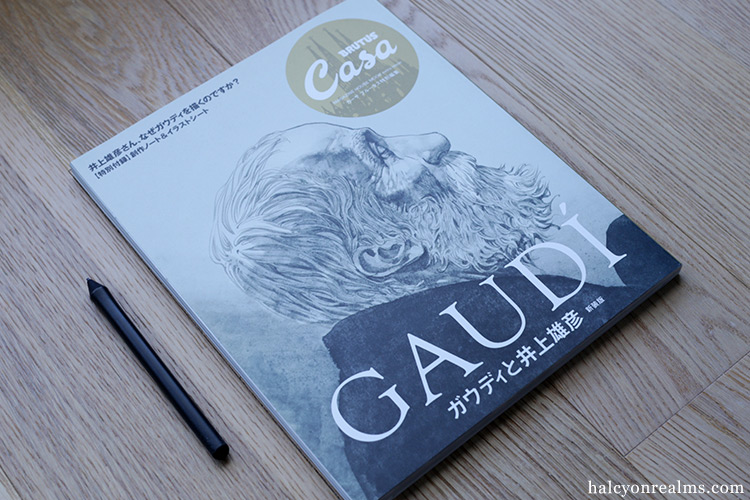

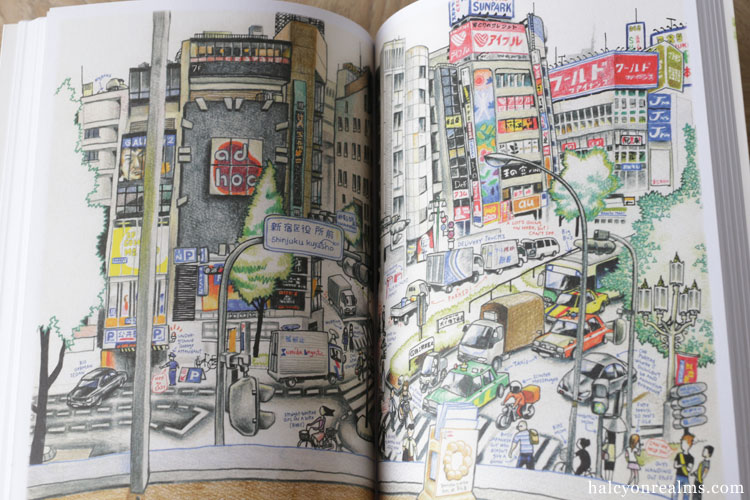
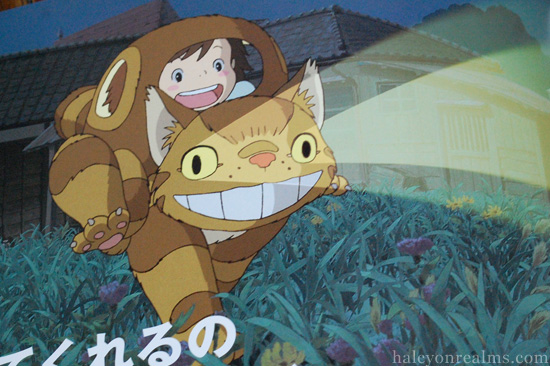
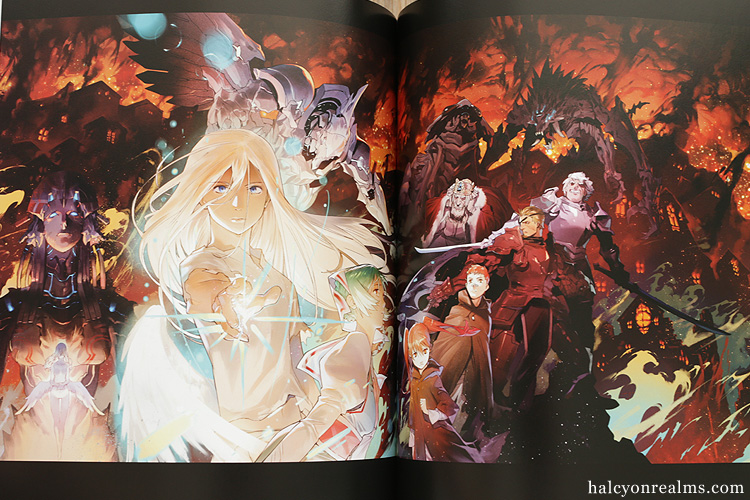
October 24th, 2023 at 11:45 am
This is one of the thing I mention before,about how amazing of them to change from zero to hero.
October 26th, 2023 at 1:17 pm
anonymouse007 – He made huge improvements in a short time indeed !
November 14th, 2023 at 10:16 am
Though the actual drawing technique isn’t as strong as it would later become, what’s interesting is that his eye for composition and layout are clearly evident here.
You recognize these as an Otomo book, but it’s as though it was drawn by someone else.
Otomo seems to have always had this vision of cinematic compositions fused with bold Swiss design. Really fascinating look into his journey.
November 15th, 2023 at 4:59 am
Scott – I agree totally. One of Otomo’s biggest strengths as a manga storyteller is that his compositions are always very cinematic and that is what make it stand out from the rest.
December 14th, 2023 at 7:39 am
You mistranslated the title. “銃声” translates to “Gunshot”. “A Gun Report” is something you would get from Google Translate. Please correct this.
And I don’t mean to be rude Mr. Yonghow but I can’t help but ask in response to: “…his compositions are always very cinematic and that is what make it stand out from the rest.” How much manga have you actually read?
“Cinematic Manga” is a redundancy. Any Japanese How-to-Draw manga guide will always tell you to be mindful of the composition by treating each one like a scene from a film.
As one example, the “How to Draw Shojo Manga” guide translated by Tokyopop from 2006 covers this by using a film camera as the guide for doing composition.
Otomo puts a lot of emphasis on his backgrounds, and uses the space to convey the emotions of the sequence, and how he layers the screentone (for which he was influenced by Gekigaka Kazuhiko Miyaya) creates a extremely bold set of palettes that, like the backgrounds, correspond to a different emotion within the shot, and is itself very difficult to do as screentone is cut with a knife as sharp as a boxcutter and if you combine the wrong set of screentone together you could end up with bad values.
I love Otomo as much as you all do, but to properly understand why he was such a colossal figure in Japanese Manga, and Japan period comes down to his approach to doing manga and his work just being good above everything else.
He influenced many mangaka with his approach. Including giants such as Shotaro Ishinomori (example: Slipping Over Time) and Leiji Matusmoto (example: Case Hard), and his presence is still felt to this day.
His drawing technique from the start even with Gunshot, was fantastic. Just because it doesn’t resemble what he did for Akira exactly doesn’t mean it’s not as good. Early Otomo very much reminds me of Shinji Nagashima.
My apologies for this being so long and if anything I said came off as rude, but I came across your blog by complete happenstance when I was looking up the manga on Google. At the risk of sounding arrogant, I hope my comments were insightful.
All of the works in the volume were previously uncollected, and things like even how the title is rendered, could shape one’s understanding of it.
In any event, take care to you Mr. Yonghow and to anyone who comes across this, let us hope for the AKIRA complete works volumes to come out soon!